QEM’s Commitment to ESG
QEM Limited (ASX:QEM) is focused on the exploration and development of the Julia Creek Vanadium and Oil Shale Project, a unique world class critical minerals resource.
We are laying the groundwork for a long-term development programme that positions QEM’s Julia Creek Project and future production activities at the forefront of environmental and social responsibility within the mining and energy sectors.
Our mission is to operate in the safest, cleanest way possible while providing robust and sustained value to our shareholders.
QEM acknowledges that mining and metals are essential, from building sustainable economic growth and supporting local community in Julia Creek and throughout North Queensland, to enabling innovations needed to address climate change urgency – but they must be produced responsibly.
QEM believes that integrating positive environmental, social and governance (ESG) qualities with rigorous, fundamental financial diligence is crucial to delivering long-term risk-adjusted performance. Proactively seeking opportunities for positive change in ESG matters is fundamental to our mission and fiduciary responsibility and we believe this approach will enhance shareholder value.
QEM is charting a course to help build resilience and enhance our social licence through a greater commitment to long-term, sustainable value creation that embraces the wider demands of people and the planet. QEM’s dual commodities of vanadium and oil will help address Australia’s growing energy storage and fuel security issues in the transition to a renewable energy-driven society.
Our globally significant vanadium resource will be a key input into the renewable long duration energy storage (LDES) markets through the use of vanadium redox flow batteries (VFB), and the oil shale is intended to be upgraded to a transport fuel utilising green hydrogen produced onsite at Julia Creek.
QEM’s ESG-inclusive Board Matrix may be found here.
How QEM’s operations and activities align with the team’s commitment to upholding high ESG standards.
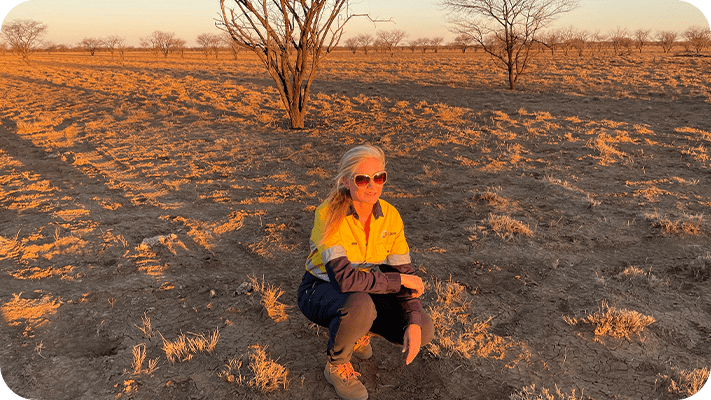
The QEM team is very motivated to play its part in the energy transition as we develop our flagship critical minerals project, with a goal to power our mining processes and green hydrogen production using 100% renewable energy.
In 2022, QEM commissioned a 163-metre meteorological mast for the Julia Creek Renewables Project in addition to a Fulcrum 3D SoDAR and Solar Monitoring Station. Further studies were conducted to de-risk the proposed 1GW hybrid wind/solar farm. Environmental assessments, topographic surveys, preliminary flood modelling and geotechnical studies were completed at potential wind turbine locations. The Julia Creek Renewables Project was sold to one of the world’s largest renewables developers, Enel Green Power through its Australian arm, Enel Green Power Australia (EGPA) in January.
QEM’s Julia Creek Project and the proposed Renewables Project will benefit from the Queensland Government’s commitment to deliver the $5B CopperString transmission network to unlock more than 500 billion dollars in new critical minerals in North Queensland.
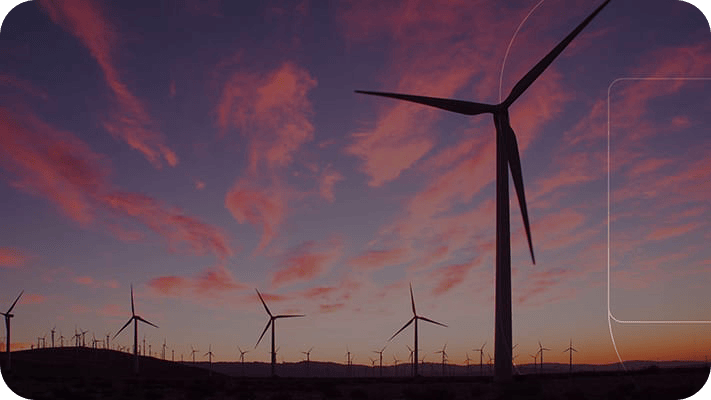
QEM engaged The University of Queensland (UQ) in a Circular Economy project to upcycle vanadium-bearing spent catalyst and process this Queensland industrial waste into high purity vanadium pentoxide (V2O5).
V2O5 is the critical component of the catalyst required to produce sulphuric acid and our aim is to recover and repurpose the V2O5 for use in vanadium batteries critical to achieving Australia’s carbon reduction targets. This research and development project with UQ is part of the Trailblazer Universities Program.
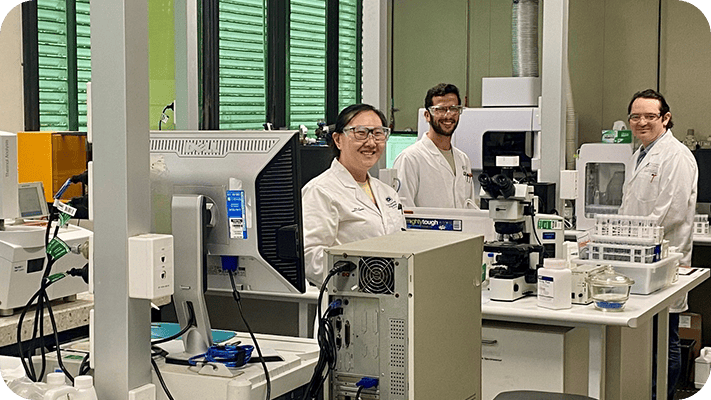
QEM has undertaken a baseline assessment of the ecological values within QEM’s tenement, including an extensive post-wet season flora and fauna field survey, dry season flora field survey, regional ecosystem flora surveys, habitat assessments, bird surveys, spotlighting surveys and fauna trapping.
A topographic aerial drone survey of the entire tenement area has been conducted to baseline the environmental condition of QEM’s tenements before any ground is broken on the project.
The Company monitors groundwater and surface water quality monthly (right) to characterise environmental baseline conditions and inform the engineering design for tailings storage facilities.
This is to ensure that following the removal of mining products, QEM is able to meet its goal to rehabilitate the Project area to the ecological quality and community that existed onsite prior to disturbance or to a standard resembling adjacent ecological communities. Acceptable rehabilitation outcomes will be determined through community consultation, landowner consultation and discussions with the local council.
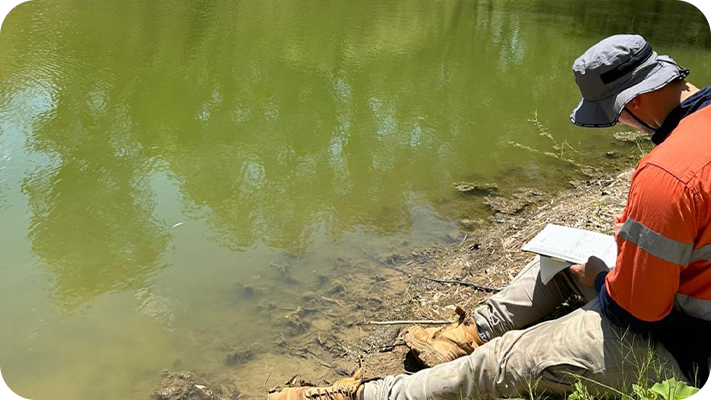
Supporting and investing in our local community is a high priority for QEM, with a particular focus on youth and women’s development, education and sport. QEM has invested in a permanent presence in the town of Julia Creek, just 6km from our flagship vanadium project. Image (right) taken at official opening on 17 April 2023 by Mayor of McKinlay Shire Council.
As an emerging vanadium operator, key to storing Queensland vast reserves of renewable energy, QEM will support and contribute to the regional development of the NWMP, with economic benefits to the region and the state, including:
• Employment and training throughout the construction and operation
• Ongoing indirect and direct outputs, business generation from local / regional goods and services procurement leading to maintained or increased business turnover and household income
• Create and maintain ongoing trade and employment opportunities.
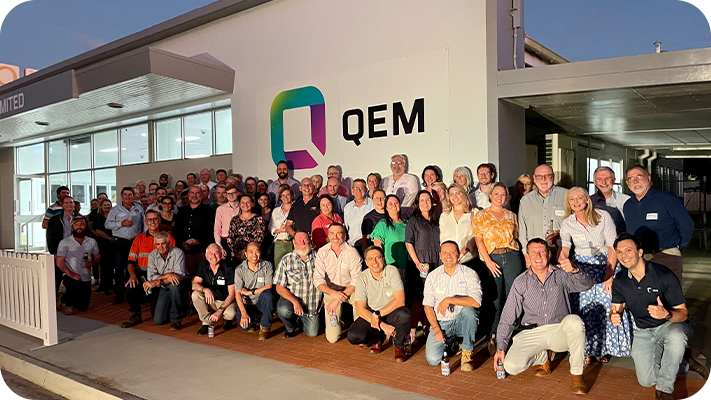

At the end of the March quarter of 2022, QEM engaged Socialsuite to help streamline, monitor and disclose the Company’s ESG progress and initiatives.
QEM’s first baseline ESG report was released to the market on 31 March 2022 and at the end of Q4 FY2022 (ASX announcement dated 26 July 2022), QEM released its next quarterly ESG report, with disclosures on the 21 core metrics set by the World Economic Forum (WEF) in its standardised and globally recognised Stakeholder Capitalism Metrics ESG framework.
Through continuous quarterly ESG reporting, QEM aims to enhance the transparency of its overall reporting to keep its ESG goals on track and to communicate the Company’s progress to internal and external stakeholders, including potential investors.
QEM understands the importance of maintaining transparency in its operations, so stakeholders and investors comprehend the Company’s objectives and the progress it is making towards them.
The QEM Limited Board of Directors has established a corporate governance framework, policies and charters to support its commitment to the highest standards of corporate governance.

